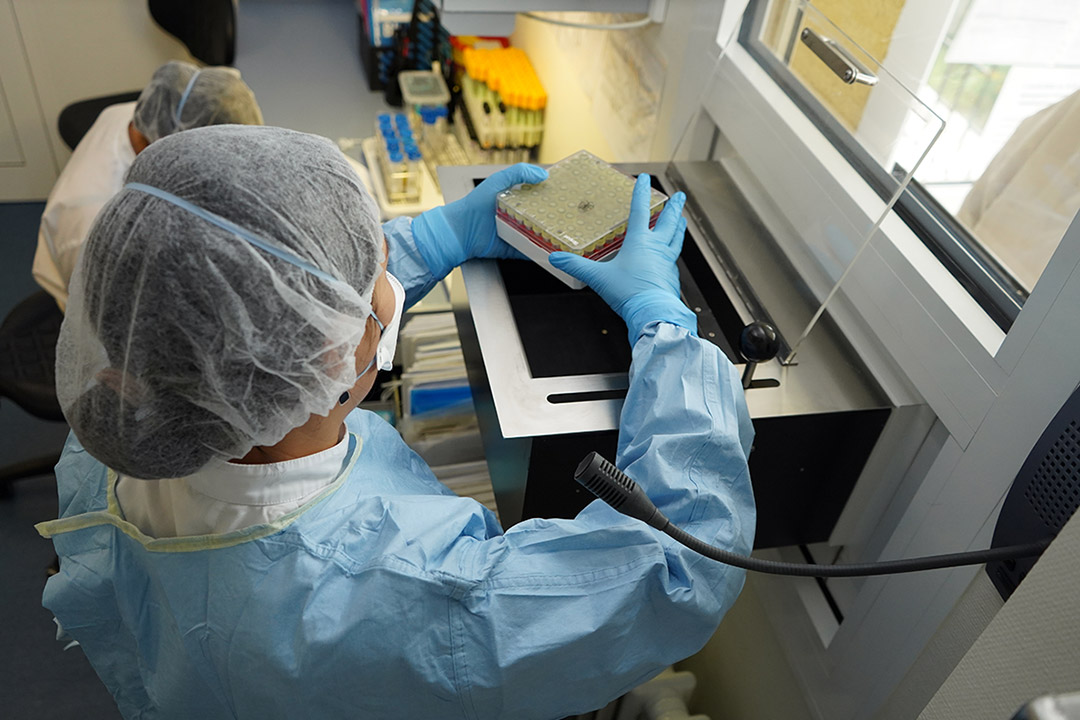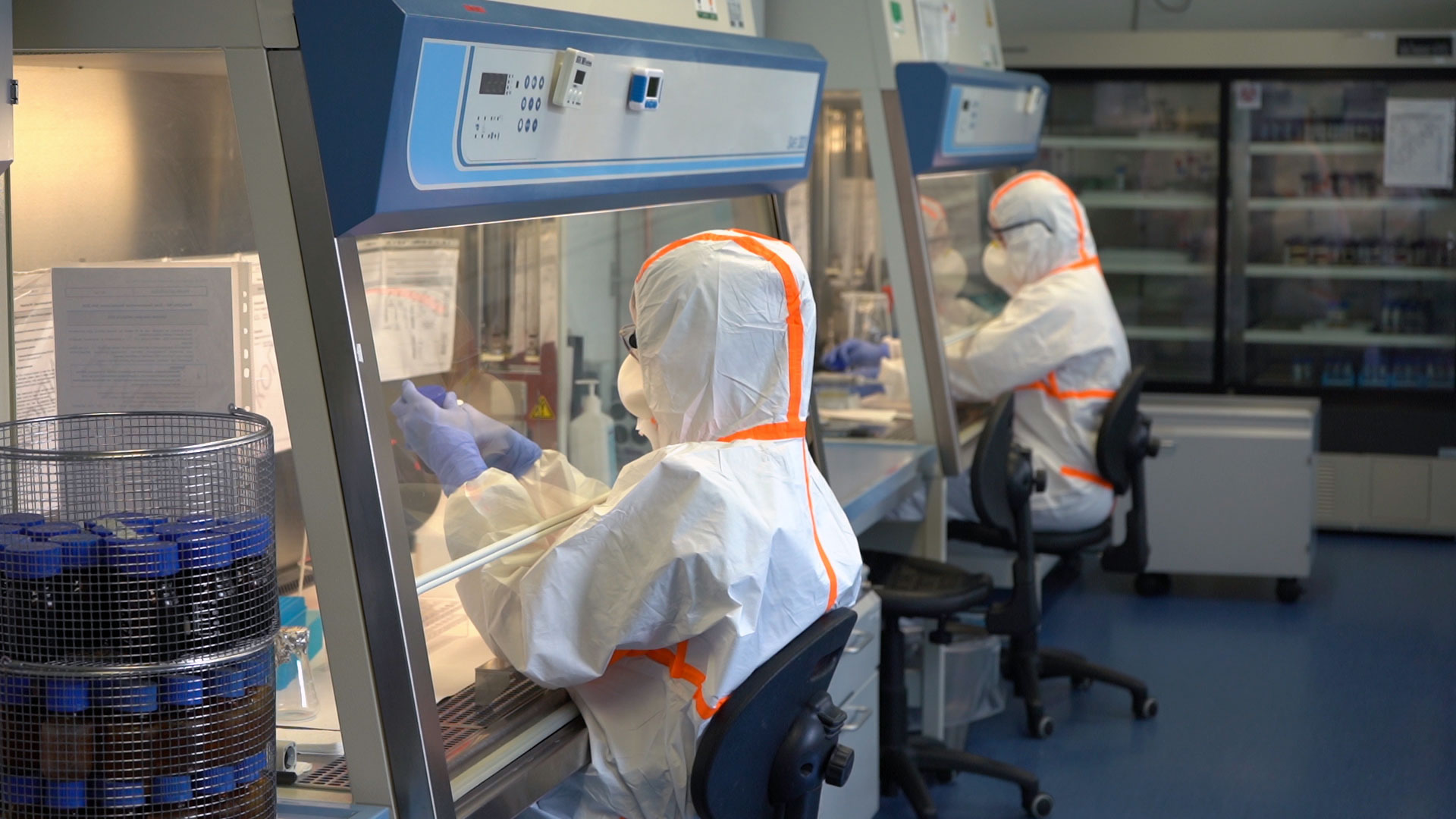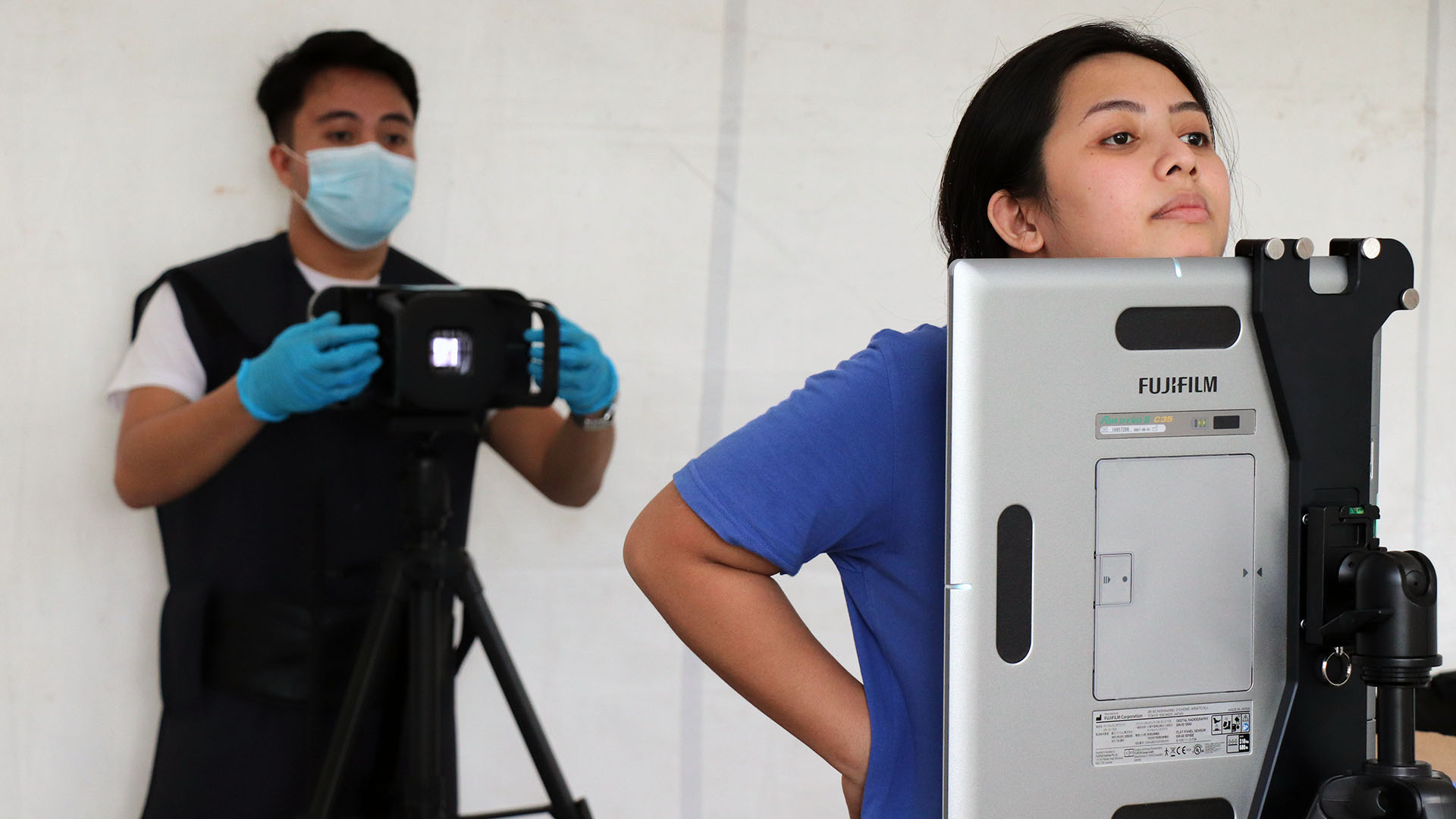When left untreated, a single tuberculosis (TB) patient can infect up to 15 people in their close environment. However, two weeks of effective treatment can make a TB patient no longer infectious. Therefore, starting the correct treatment as soon as possible is critical to reducing the spread of TB.
In 2017 in the Kyrgyz Republic, receiving a diagnosis and starting effective TB treatment took up to 90 days in part due to a paper-based medical recording system. While TB patients waited three months for results, they often were prescribed the wrong course of treatment.
Now, thanks to a USAID-funded initiative, the turnaround time has decreased significantly, and laboratory results can be received in as little as five days, greatly improving the effectiveness of TB treatment.
This is made possible by the implementation of a new Laboratory Data Management Information System (LDMIS), an electronic system which provides clinicians with results in real time, allowing for fast decision-making on the initiation and course of TB treatment. The LDMIS was developed by a previous USAID TB initiative in the Kyrgyz Republic.
Faster Testing, Fewer TB Infections
The LDMIS is being implemented and fine-tuned with support from the USAID Cure Tuberculosis Project, implemented by JSI Research & Training Institute, Inc. (JSI) in partnership with URC. Cure Tuberculosis is a five-year (2019-2024) initiative to help the Kyrgyz government diagnose, treat, and cure people with drug-resistant TB (DR-TB), which is particularly difficult to diagnose.
DR-TB requires advanced tests conducted in specialized laboratories, mostly available in the capital city and regional centers. Drug susceptibility testing (DST) determines how well a particular strain of TB will respond to the TB drugs used to treat the disease. The faster this information can get to health care providers, the faster effective TB and DR-TB treatment can start. This reduces the spread of infection, improves treatment outcomes, and limits increased resistance to TB drugs.
Cure Tuberculosis worked with the National Tuberculosis Program to implement the LDMIS, a fully electronic information system to capture and share data between laboratories that perform TB diagnostic tests and DST and the health centers prescribing TB treatment. Information is automatically uploaded in the system and linked to individual TB patient records, reducing errors in recording of patient data and test results.
Laboratory technicians and clinicians who work with LDMIS said it has streamlined their work processes and workload.
“We no longer wait for paper-based [test results] but start treating a patient with the receipt of electronic results,” said Nurzhamal Mamytova, the Director of the Naryn Oblast TB Center (NOTC). “LDMIS and the clinical module [e-TB Register] improved timely diagnosis and the ability to monitor treatment.”
“With the introduction of electronic information technologies, the quality of work has significantly improved: we receive tests on time, especially DST,” Dr. Mamytova said.
LDMIS has been implemented in 100% of oblast TB laboratories and TB hospitals, and is being implemented in primary health care facilities providing TB services nationwide.
Expanding Access to Timely Data
In addition to the LDMIS, Cure Tuberculosis – with technical support from URC staff – has helped develop other clinical information systems, procedures, and protocols that:
- Record patient data;
- Improve and simplify clinical processes; and
- Monitor treatment outcomes.
URC helped develop recording and reporting forms to calculate test turnaround time, which enable monitoring the performance and effectiveness of primary health care and TB laboratories.
Now, this information is monitored automatically through LDMIS.
Cure Tuberculosis – with technical support from URC staff – also helped improve the sputum transportation system, which transports patients’ biological samples to centralized laboratories for testing, by mapping facilities and developing clearer transportation routes, so that samples can be received and tested faster by laboratories.
“In laboratory work, it is important to produce an accurate and reliable result,” said Azima Jumalieva, Head of the NOTC Laboratory. “In recent years, the timely receipt of test results improved. LDMIS and the transportation system improved the delivery of pathological material to the [National Reference Laboratory for TB] and the time for laboratory tests. For a patient, it’s a plus as timely results allow prompt and effective treatment.”
For patients, this also means being able to return to a life without risking infecting families and loved ones.



